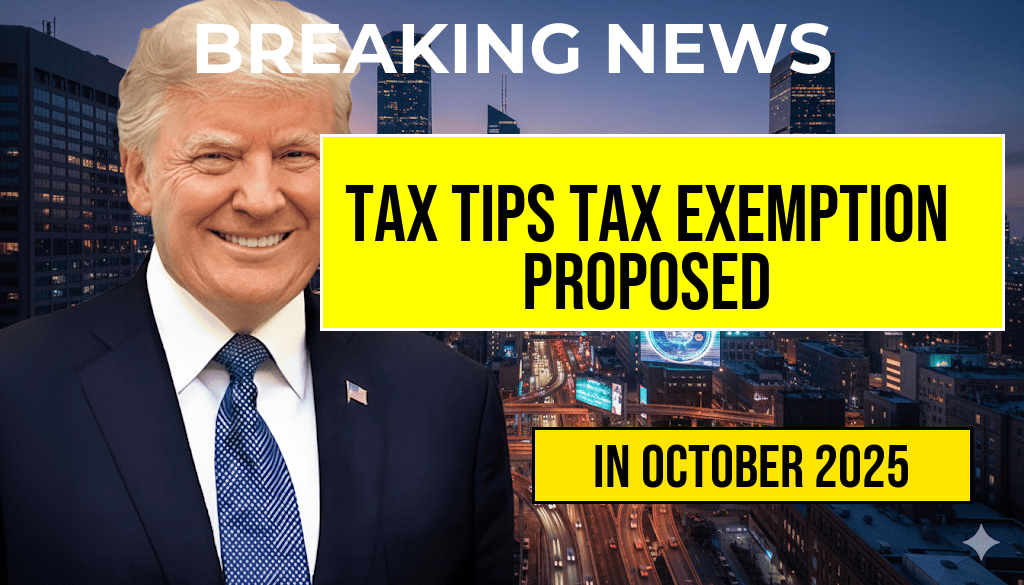2026 IRS Penalties: Missing a 1099 Could Lead to a $290 Fine per Form
As the 2026 tax season approaches, taxpayers and businesses should be aware of the increasing penalties tied to the failure to file Form 1099s accurately and on time. The Internal Revenue Service (IRS) has announced that starting from the upcoming tax year, missing or incorrect 1099 forms could result in fines up to $290 per form. This escalation underscores the agency’s focus on improving tax compliance and closing gaps that allow unreported income to slip through the cracks. With millions of independent contractors, freelancers, and small business vendors receiving these forms annually, understanding the new penalty structure is essential for avoiding costly mistakes that can add up rapidly.
Understanding the New Penalty Framework
The IRS’s updated penalty rules for 2026 reflect a broader effort to enforce reporting obligations more stringently. Previously, penalties for late or incorrect filings were often lower and sometimes subject to mitigation if taxpayers demonstrated reasonable cause. Under the new guidelines, the maximum penalty for each unfiled or inaccurate 1099 jumps to $290, with an overall cap that can reach into thousands of dollars depending on the volume of missed forms.
This change aligns with the IRS’s goal of promoting transparency and ensuring that taxable income from independent sources is properly reported and taxed. The penalties apply not only to the payers who fail to file but also serve as a deterrent against intentional neglect or oversight.
Who Is Affected?
- Business Owners and Employers: Companies that pay freelancers, consultants, or vendors $600 or more in a calendar year are required to file Form 1099-NEC or 1099-MISC.
- Freelancers and Contractors: Individuals who receive payments that are supposed to be reported but do not receive or review their 1099 forms may be indirectly impacted, especially if they rely on these forms for tax filing accuracy.
- Financial Institutions: Banks and other financial entities must report certain transactions, and failure to do so could trigger penalties.
Key Changes in Penalty Amounts
| Type of Violation | Penalty per Form | Maximum Penalty |
|---|---|---|
| Failure to file correct information return by deadline | $290 | Up to $1,177,000 per year (for small businesses) |
| Intentional disregard of filing obligations | $580 | No maximum — penalties can be severe |
Note that these penalties are cumulative, meaning multiple missed or incorrect forms can significantly increase the total penalty amount. The IRS emphasizes that taxpayers must maintain accurate records and adhere strictly to filing deadlines to avoid these costly fines.
Strategies for Compliance
To mitigate the risk of penalties, taxpayers and businesses should consider implementing rigorous record-keeping practices and leveraging digital tools that automate form submissions. The IRS recommends verifying vendor information before filing and reviewing all submitted forms for accuracy. Additionally, consulting with tax professionals can help ensure compliance with the latest reporting requirements and avoid penalties associated with inadvertent mistakes.
Implications for Small Business and Freelancers
Small businesses and independent contractors should be particularly vigilant. Missing a 1099 form not only risks incurring fines but also triggers potential audits or inquiries from the IRS. This can delay refunds or create additional administrative burdens. The penalty increase makes proactive reporting more critical than ever. Businesses should prioritize timely and accurate filings to shield themselves from escalating costs and legal complications.
Resources for Staying Compliant
- IRS Filing Information Returns: Official guidance on filing requirements and deadlines.
- Tax Compliance in the U.S. (Wikipedia): Overview of reporting obligations and compliance strategies.
- Forbes Article on 2026 Penalties: Expert insights on upcoming changes and best practices.
As the IRS tightens enforcement measures ahead of 2026, staying informed and diligent in reporting income through Form 1099 becomes a non-negotiable aspect of responsible financial management. Failing to comply not only exposes taxpayers to hefty fines but also risks more severe legal consequences if violations are deemed intentional. Ensuring accurate and timely filings will be essential for anyone involved in the reporting process in the coming years.
Frequently Asked Questions
Question
What is the penalty for missing a 1099 form in 2026?
The penalty for missing a 1099 form in 2026 can be up to $290 per form.
Question
Who is responsible for filing 1099 forms with the IRS?
Businesses and payors are responsible for filing 1099 forms for independent contractors and vendors they pay during the year.
Question
By when must the 1099 forms be filed for the 2026 tax year?
For the 2026 tax year, 1099 forms are typically due to the IRS and recipients by January 31, 2027.
Question
What are common reasons for failing to file a 1099 form on time?
Common reasons include oversight, lack of information from payees, or administrative errors.
Question
How can businesses avoid penalties related to 1099 filing in 2026?
Businesses can avoid penalties by timely filing, maintaining accurate payee information, and using electronic filing systems to ensure compliance.









